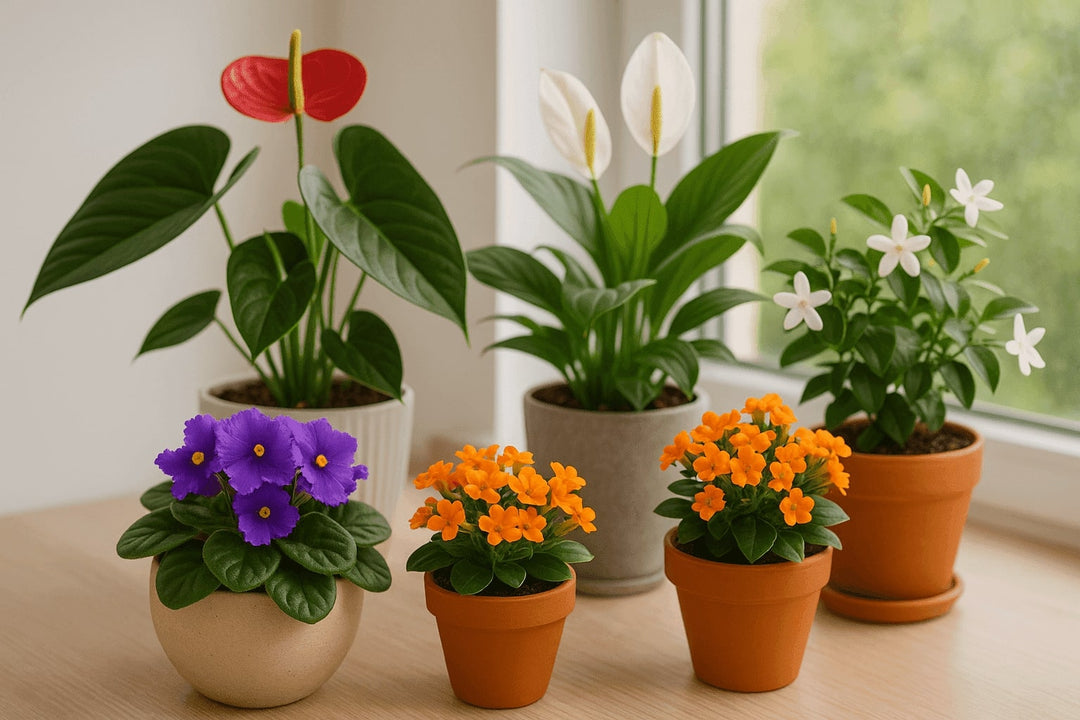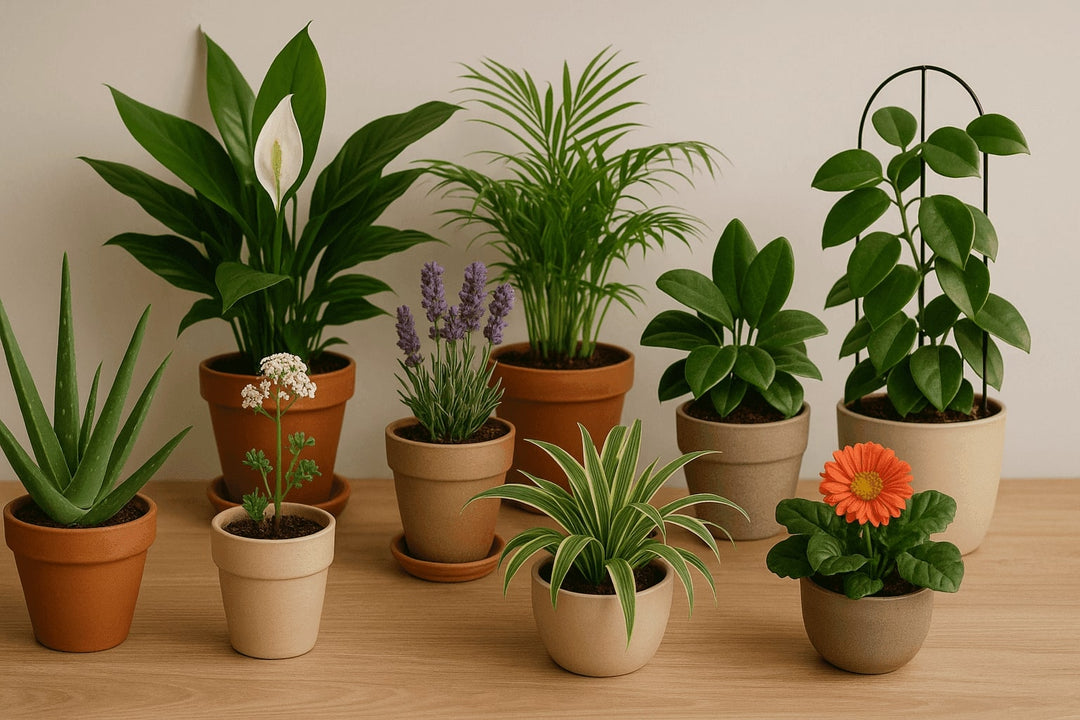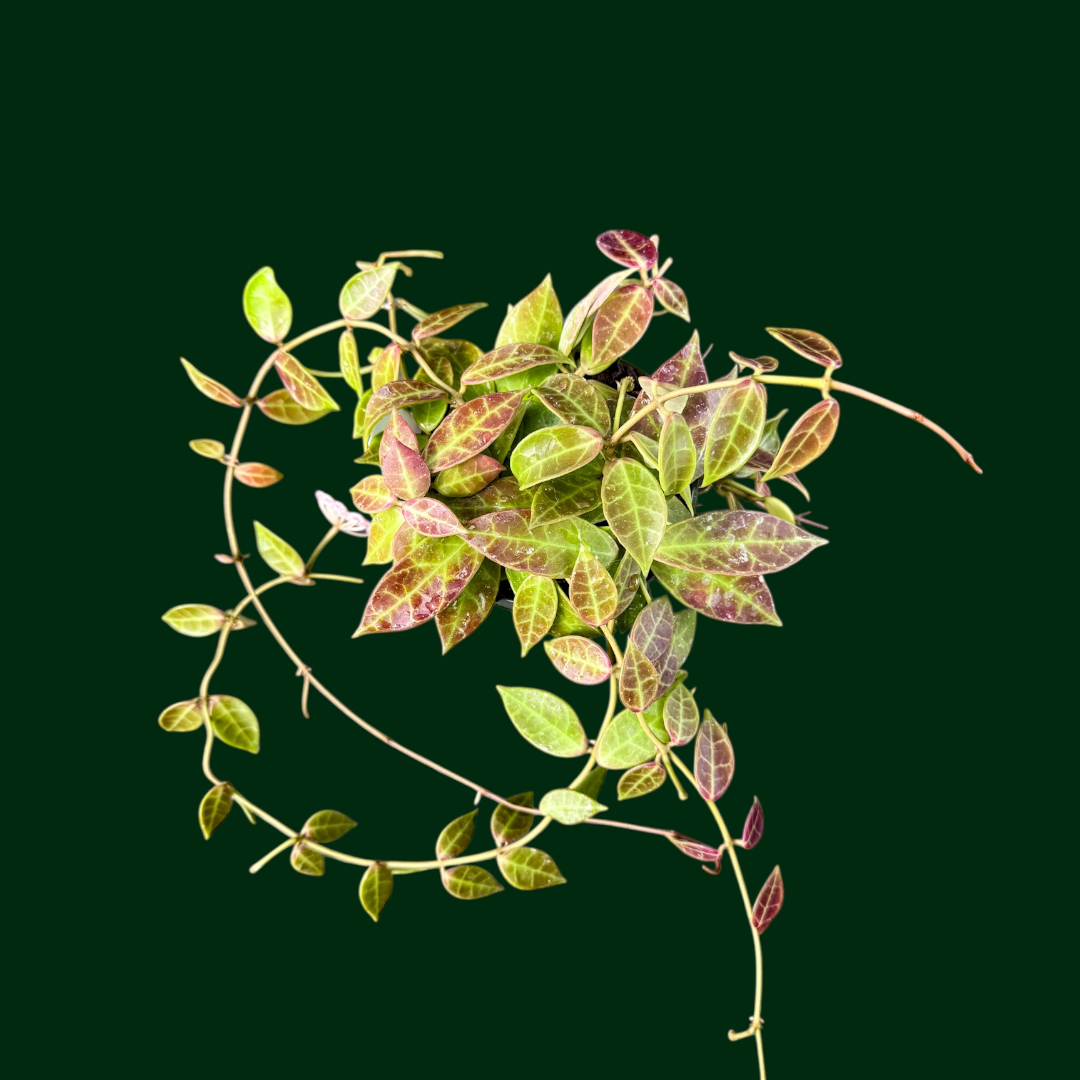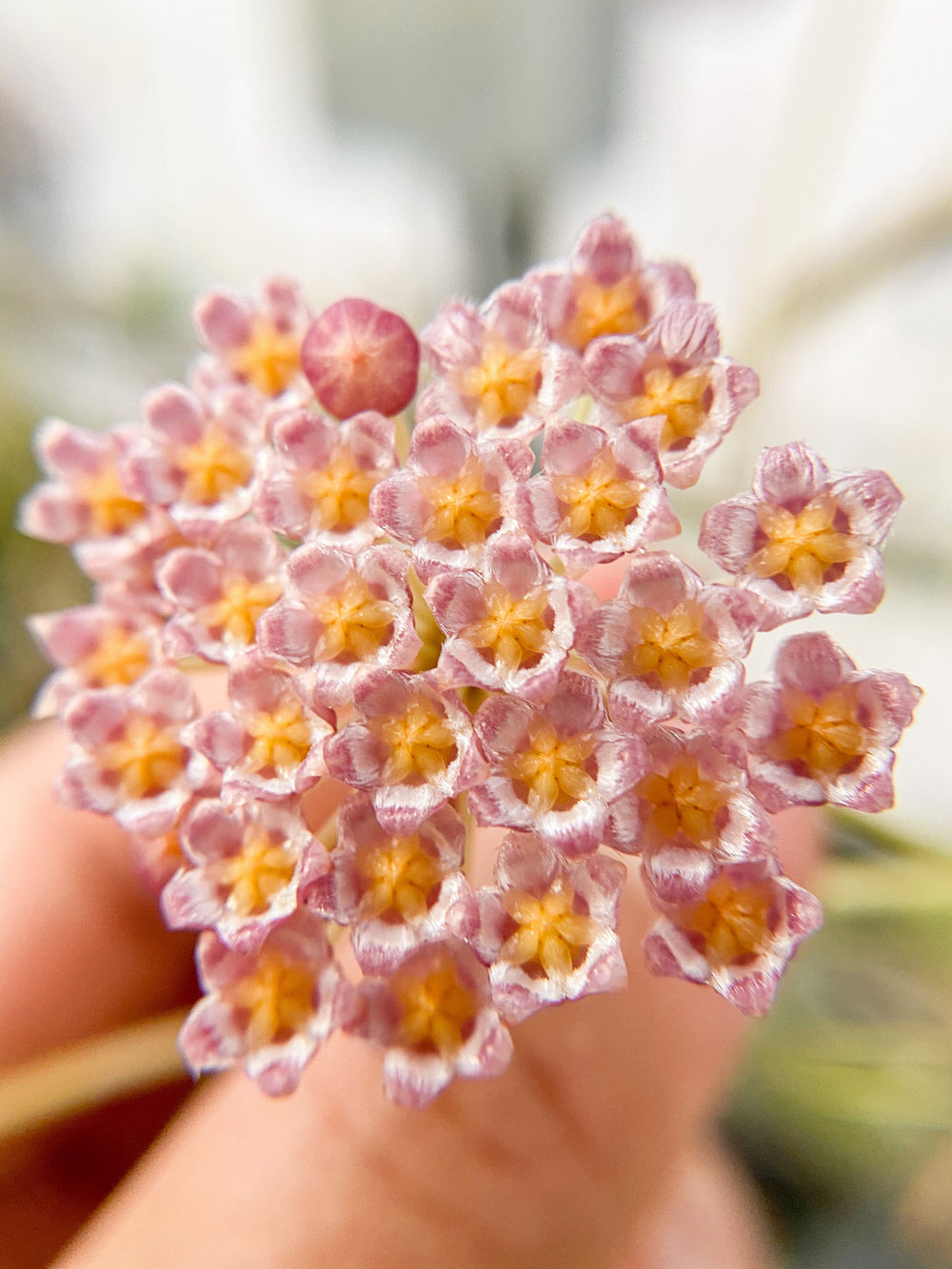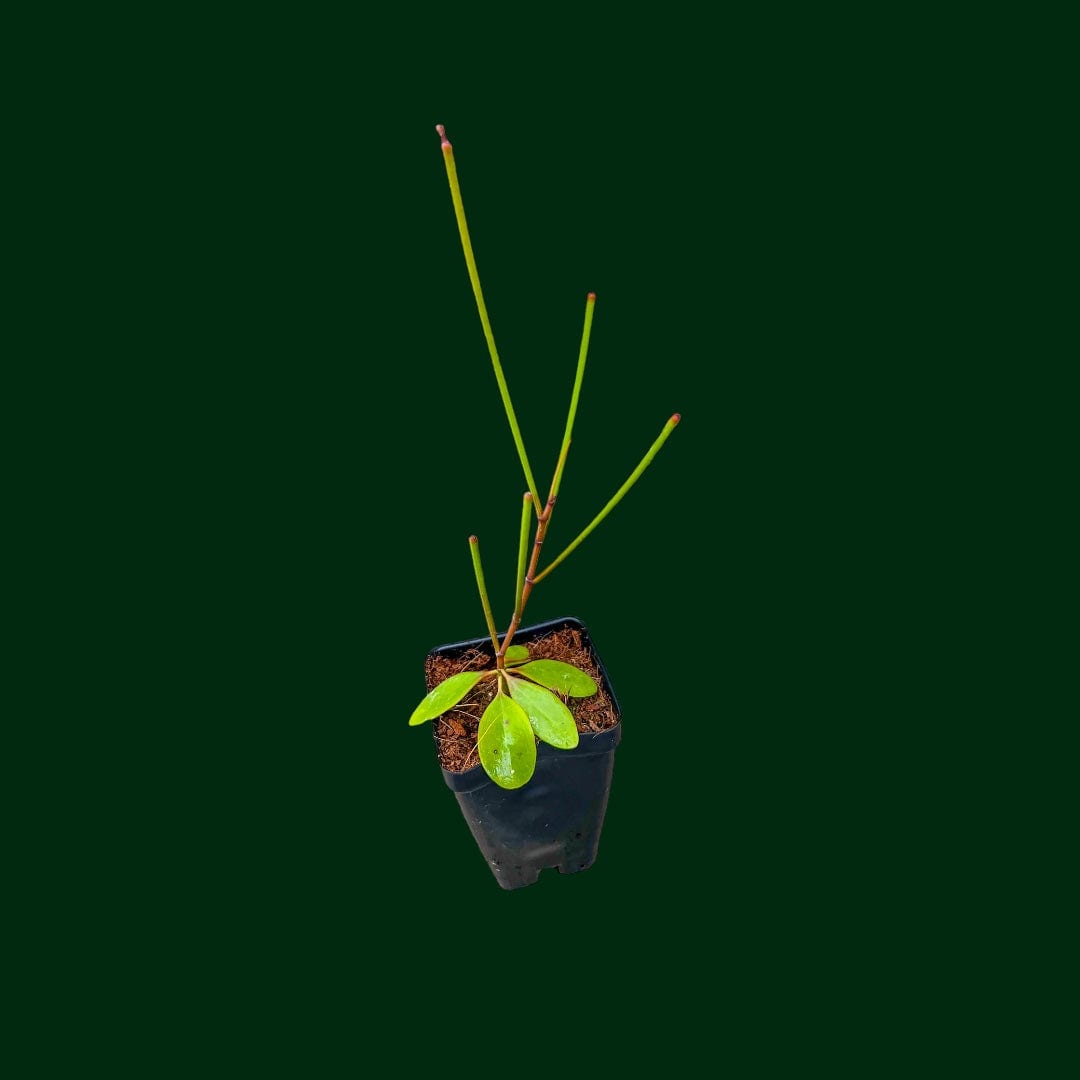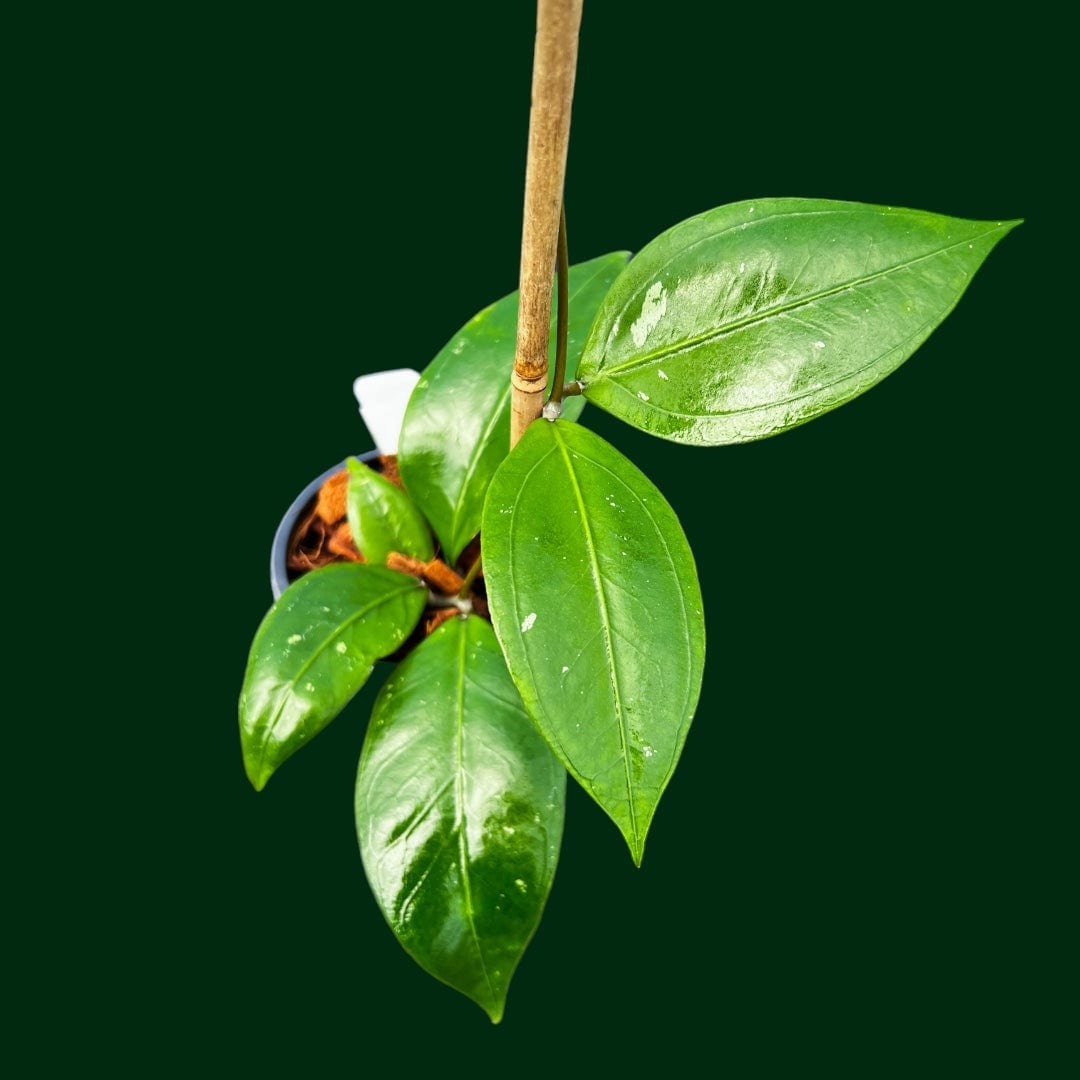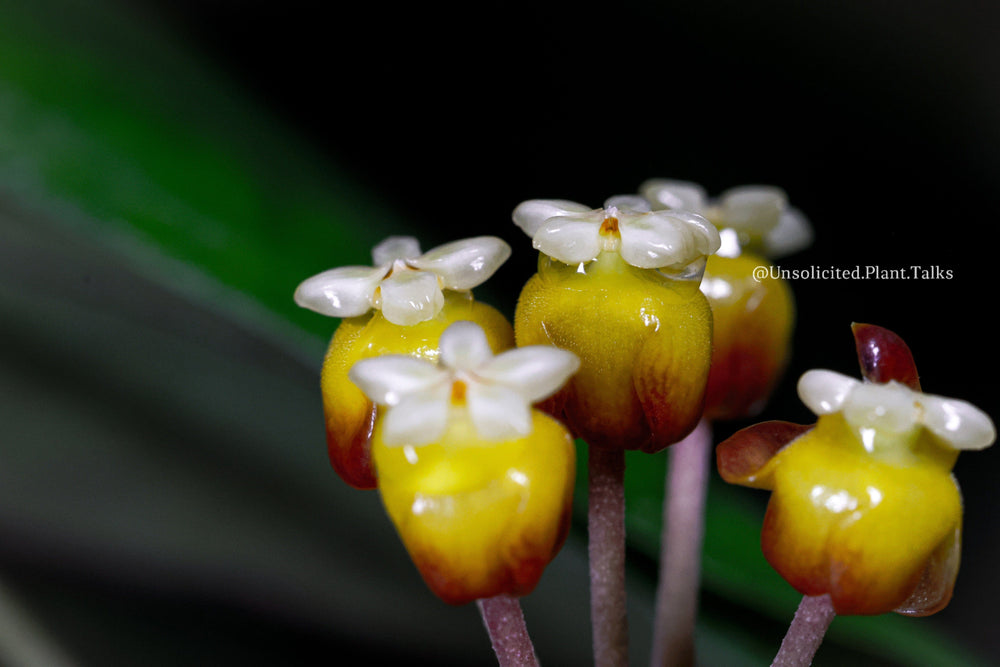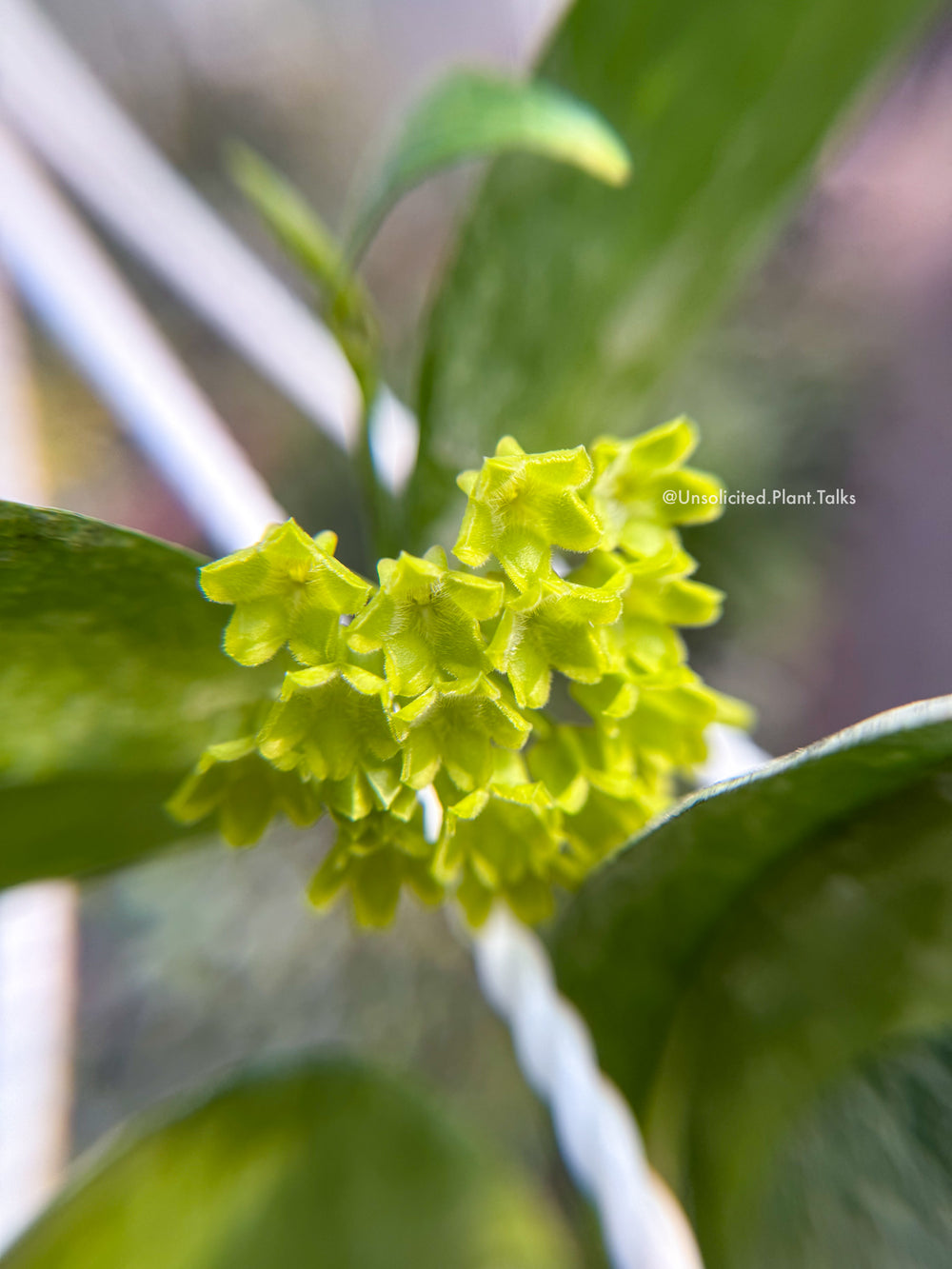13 Best Pet-Friendly Indoor Plants
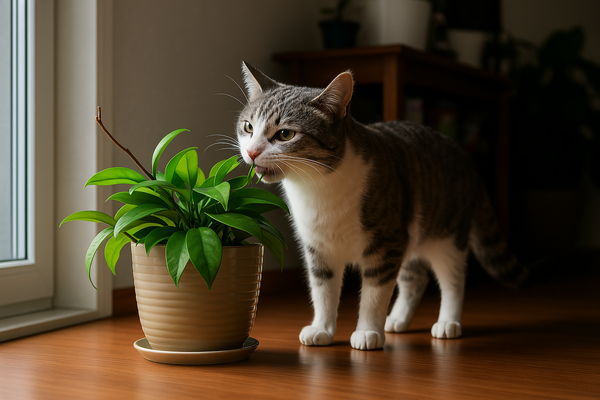
Table of Contents
- 13 Best Pet-Friendly Indoor Plants
- How to Safely Arrange and Care for Your Pet-Friendly Indoor Jungle
- A Pet-Friendly Indoor Jungle Awaits!
- Frequently Asked Questions (FAQ) 🌿
Bringing greenery into your home shouldn't mean sacrificing the safety of your furry friends.
Many houseplants are perfectly safe for cats and dogs, allowing you to create a lush indoor jungle without any concerns.
Let's explore some of the best pet-friendly options that will beautify your space and keep your pets happy and healthy.
13 Best Pet-Friendly Indoor Plants
When you’re bringing plants into your home, it’s important to think about your pets, too. The good news? There are tons of pet-friendly houseplants that are completely safe for your cats and dogs, and they’ll make your space feel even more inviting.
Here’s a list of some of the best options:
|
Image |
Name |
Light Requirements ☀️ |
Watering Needs 💧 |
Description |
|
|
#1 Hoya (various species) |
Bright, indirect light |
Water when soil is mostly dry |
Known for waxy leaves and fragrant flowers, non-toxic, and relatively easy to care for. |
|
|
#2 Spider Plant (Chlorophytum comosum) |
Bright, indirect light |
Water when top inch of soil is dry |
Safe for cats and dogs, easy to propagate, and air-purifying. |
|
|
#3 Cast Iron Plant (Aspidistra elatior) |
Low to medium light |
Water sparingly, allow soil to dry out |
Extremely hardy, tolerates neglect, and non-toxic to pets. |
|
|
#4 Prayer Plant (Maranta leuconeura) |
Medium to low light |
Keep soil consistently moist |
Known for its folding leaves at night, safe for pets, and adds a touch of the tropics. |
|
|
#5 Peperomia (various species) |
Bright, indirect light |
Water when top inch of soil is dry |
Compact and easy to care for, non-toxic, and comes in many varieties. |
|
|
#6 Parlor Palm (Chamaedorea elegans) |
Low to medium light |
Water when top inch of soil is dry |
Air-purifying and pet-friendly, adds a lush, tropical feel to any room. |
|
|
#7 Calathea (various species) |
Medium to low light |
Keep soil consistently moist |
Known for their decorative leaves, non-toxic, and thrives in higher humidity. |
|
|
#8 Haworthia (various species) |
Bright, indirect light |
Water sparingly, allow soil to dry out |
Succulent that's safe for pets, low-maintenance, and adds a unique texture. |
|
|
#9 Baby Tears (Soleirolia soleirolii) |
Bright, indirect light |
Keep soil consistently moist |
Delicate and lush, creates a soft, green carpet, and is non-toxic. |
|
|
#10 African Violet (Saintpaulia) |
Bright, indirect light |
Water when top inch of soil is dry |
Flowering plant that adds color, non-toxic, and prefers warm, humid conditions. |
|
|
#11 Staghorn Fern (Platycerium) |
Bright, indirect light |
Water when mounting medium is dry |
Unique, mounted fern, non-toxic, and adds a dramatic touch. |
|
|
#12 Bromeliads (various species) |
Bright, indirect light |
Water when top inch of soil is dry |
Colorful and exotic, non-toxic, and adds a tropical flair. |
|
|
#13 Swedish Ivy (Plectranthus verticillatus) |
Bright, indirect light |
Water when top inch of soil is dry |
Fast-growing trailing plant, non-toxic, and easy to propagate. |
How to Safely Arrange and Care for Your Pet-Friendly Indoor Jungle
Creating a pet-friendly indoor jungle isn’t just about choosing the right plants - it’s also about where you place them and how you care for them. Here are some practical tips to help you set up your space while keeping your pets safe and your plants thriving:
Choose the Right Placement
While these plants are safe for your pets, they still need the right environment to thrive. Place plants in spots that suit their light and temperature needs. For example, plants like cat-safe indoor trees may need bright, indirect light, while others like Parlor Palms do better in lower light. Keep plants on shelves or high tables where your pets can’t reach them, particularly if they’re prone to nibbling on foliage.
Consider Pet Behavior
Some pets, especially puppies or kittens, may be more curious and likely to chew on plants. If this sounds like your pet, consider placing your plants out of their reach or in hanging baskets. Additionally, using pet-safe deterrent sprays on plants can help keep curious paws away.
Regular Plant Care
Even though these plants are safe for your furry friends, they still need proper care. Make sure you water and feed your plants according to their specific needs. Remember, some plants may require more humidity or soil moisture than others, so be mindful of those differences.
Watch for Overwatering
Overwatering can lead to root rot, which can negatively affect your plants. Plus, soggy soil can attract pests - something you definitely want to avoid when you have pets. Stick to a consistent watering schedule, and ensure your plants have proper drainage.
Incorporate Pet-Friendly Plant Care Routines
Many pet-friendly plants can be easily maintained. Still, a good rule of thumb is to establish a routine that keeps both your plants and your pets safe. If you like to prune or repot your plants, do it in a space that’s out of your pet’s reach and clean up any fallen leaves or stems right away.
Keep Pets Safe and Happy
Plants can be enriching for your pets, too! Consider placing a few safe plants in spots where your pets can enjoy their scent or visual appeal. Cats, in particular, may love nibbling on cat-safe indoor trees like Spider Plants, so make sure it doesn’t interfere with their meals or their health.
A Pet-Friendly Indoor Jungle Awaits!
With these pet-friendly houseplants, you can finally create the indoor jungle you’ve always wanted, all while keeping your furry friends safe. These plants are easy to care for, non-toxic, and will brighten up your space with their beauty.
Whether you’re adding a new cat-safe indoor tree or a small leaf Hoya, these plants are perfect for building a safe, green sanctuary for you and your pets.
Frequently Asked Questions (FAQ) 🌿
Q: Are all houseplants safe for pets?
A: No, unfortunately, many common houseplants are toxic to cats and dogs. That’s why it’s really important to research each plant before bringing it into your home. Thankfully, there are plenty of pet-friendly houseplants that are both beautiful and safe.
Q: What should I do if my pet ingests a potentially toxic plant?
A: If you think your pet has ingested a toxic plant, contact your veterinarian or the ASPCA Animal Poison Control Center immediately. They can help guide you on the next steps to take based on the situation.
Q: Where can I find reliable information about pet-friendly plants?
A: The ASPCA website (aspca.org) has a comprehensive list of toxic and non-toxic plants for cats and dogs. You can also consult your veterinarian or a local plant nursery.
Q: How can I keep my pets away from my houseplants?
A: You can place plants out of reach, use pet-deterrent sprays, or offer alternatives like chew toys. Some pet owners also train their pets to avoid plants by using positive reinforcement.
Q: Are there any benefits to having plants around pets?
A: Yes! Plants not only help purify the air but can also reduce stress for both you and your pets. Just make sure you're choosing safe plants, and you'll both enjoy the benefits!
















